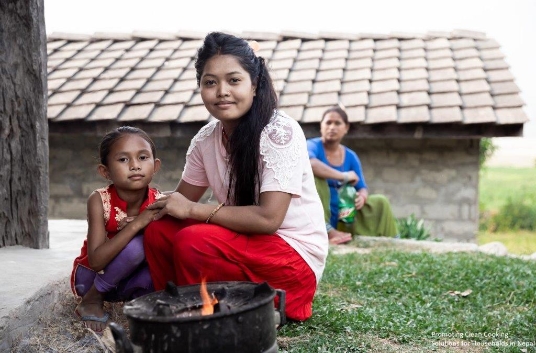Positive impact on people and planet
Projects supported under the SIA Group Voluntary Carbon Offset Programme are verified in accordance with international standards by independent third-party auditors to ensure that each project delivers real and measurable impact that would not have occurred under a business-as-usual scenario
Each project is then issued carbon offsets, and each offset holds a unique serial number for traceability to prevent double accounting in the market.
Carbon offsets purchased by customers are retired by TEM in the respective carbon registries where the projects are verified. This ensures that the offsets cannot be traded again.
These projects also bring about positive environmental and socio-economic outcomes for people and planet.
Projects that protect and regenerate native forests in Indonesia not only capture and store carbon in trees, they also preserve habitat for native wildlife, improve soil health, and support local villagers through employment and training opportunities. Building solar energy projects across India generates renewable electricity and supports the development of local economies. Distributing efficient and clean-burning cookstoves reduce smoke pollution and the associated health risks for villagers in Nepal.


